Unless you have been living under a rock, you probably know Photokina is in full swing, well actually tomorrow is the last day.
We’ve been at Photokina since wednesday but I have to be honest we didn’t have much time to look around, most time was filled with meetings and my seminars at the BenQ booth (thanks so very much for visiting and being amazing guys, we really love you).
But…..
We still had some time to walk around and in this blogpost some of the things that caught my eyes.
Let’s start with the ABSOLUTE winner of Photokina….. FujiFilm.
It’s been a rumor for a LONG time… FujiFilm is making a medium format camera, and in all honestly when people tell you for years at one point you just don’t believe it anymore, especially when other brands are releasing the camera and FujiFilm wasn’t, well as it seems now…… they were creating a whole new system, new lenses, new camera and they did it “right” now the right is spelled “right” because I didn’t yet get my hands on one, but I’m dying to do, this seems to be the “perfect” camera for guys like me. I absolutely love medium format and am shooting with the Mamiya/Leaf system at the moment and I will not sell my Credo60 for a crop sensor Medium Format but my system is flawed in high-iso and “portability”, the FujiFilm version seems to solve this all.
So where does it stand?
Well I think it’s a weird kind of place.
Will it appeal to the people already shooting Medium format?
Well heck yeah, the price point is very low compared to let’s say a PhaseOne camera + 50MP back, but in all honestly the Phase One system is a proven one and it works great (I use it myself), but it’s also bulky, doesn’t boot instantly and you don’t even think about walking around with it in New York. Now if you’re shooting a crop sensor Phase One you will probably be tempted like crazy by the Fujifilm, it’s way more compact and lighter, has the same quality sensor (I suspect the same awesome Sony sensor) and it has already a nice line up of lenses.
If you’re shooting a full frame medium format system you’ve invested a lot of money (like I did) and the system is breathtaking so I’m not jumping ship to get the FujiFilm, however……
When you’re shooting 35mm full frame you also won’t be jumping up and down to get the new camera, it’s still heavier, it’s not suitable for all kinds of shooting, and in all honestly if I look at my A7RII I can’t see it beat that camera for usability and compatibility.
So for who is it, and why do I call it a winner?
You have to think differently for this answer.
For example.
I absolutely LOVE the look and feel of a medium format camera, but I also love the feel of a 35mm FF camera, when I shoot in the studio I often opted for my Mamiya/Leaf system, and when walking the streets or traveling I use my A7RII and I’m 100% happy, however in the studio I often think…. I wish my Phase One would behave like my Sony, and when walking the streets I always wished my files would look like Medium format…. well there we have it. The FujiFilm camera is JUST that.
For someone like me it will be a hard sell, although I already called Fuji that I want to test this camera as soon as it’s available because I strongly think this will be the game changer, and I’ll tell you why.
Forget sport shooters and birders for a moment.
Forget people that are always complaining.
Now this is my GUESS, but I think I’m not far off.
This sensor is a Sony sensor similar to the ones found in the Hasselblad, Pentax, Credo, Phase One etc. And that’s a REALLY good thing because that sensor is kick @ss, it’s without a doubt (next to the 100MP) the best image quality I ever saw from a camera. So if that’s true (and I think it’s 99% true).
This camera gives you a very usable high-ISO range, good 1080P video and stunning (and read STUNNING) images with very high dynamic range, absolutely gorgeous colors and detail you’ve never seen before (unless you’re used to medium format), don’t think it’s about resolution by the way, a medium format camera with 40mp will blow away a 35mm with 50mp, compare a Canon 5Ds with a 33MP back and I’m sorry for the Canon but they are far behind, but that’s the magic of Medium format. But enough about that, I don’t want to ramble.
Now look at the form factor, it’s a really small camera (compared to other MF cameras), and it’s VERY light, the lenses are also relatively (and read indeed relatively) small, again compared to other MF offerings. What I could see you can compare it to a Canon or Nikon with/without grip with similar lens sizes, but instead of shooting 35mm you’re shooting MF files.
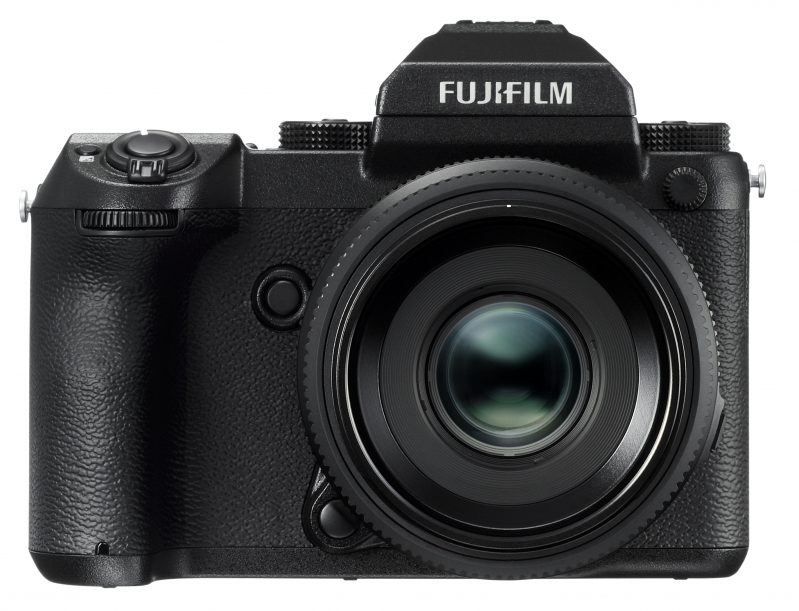
So for whom is this camera?
If you’re shooting 35mm and you want to have the absolute best in quality but you don’t want to break the bank for a full sensor medium format system, and you don’t want a “bulky” camera (by the way I love bulky in cameras), and you want to be able to actually shoot exactly the same way you’re used to on 35mm…., well this probably is your new camera.
If you’re shooting an old MF back and don’t have the money for the newest 100MP back and newest body with fast autofocus, but everytime you hold your 35mm camera and lust over it’s fast focus, portability and size…. well this is probably your new camera.
Fujifilm does take a risk with a complete new system but I think they can pull it off.
Years ago I was literally in love with the FujiFilm system, I used their X-Pro1 and X10 and X-E1 (which I labeled the Sexy one), the only reason I left FujiFilm was the fact that they didn’t tether, the resolution stayed at 16mp (and I needed/wanted more) and the base ISO for RAW was ISO200, and my strobes didn’t work (small flash), but it was with pain in my heart that I left, because during the time I owned the system my lenses were 300% faster and my X-E1 was twice as fast… without paying a dime, all done in software. So I wouldn’t hesitate for a minute to get the new camera.
So for me (and many with me) the Fuji is without a doubt the showstopper for Photokina 2016….
But that’s not all of course.
Sorry for spending so many letters on one camera.
Gopro
Is releasing their new drone, Karma (interesting backstory actually) but I won’t put that online 🙂
The disappointment was that all drones flew at Photokina, except the Karma, but it does look very interesting. Also seeing the market share GoPro has and the name almost has the same effect as Aspirin, when you need a headache pill you ask for Aspirin while you probably don’t realize that that’s actually the brand Bayer, and what you get is often not, so when you ask for an action cam you often just ask for a GoPro…. so I think if their drone is good, other brands will have a hard time.
In all honesty I switched from GoPro to the Sony Action cams and think they give a better bang for the buck and are smaller, but that’s up to you to decided.

LumeCube
Not exactly new, but ever since I got a LumeCube a few days before Photokina I’m over the moon with the opportunities and after a meeting with LumeCube on Photokina I’m 100% sure this is a system I’m gonna invest some time in and incorporate it into my work and workshops, and I’m convinced it will blow people away. I’ve been shooting some random portraits today at Photokina with two of them and people constantly ask us what those incredibly bright lights are, and after that they run to hall 9, where LumeCube is located.
The cool thing about the Lumecubes is that you don’t need to use it with the great iPhone app, where you can actually use them as external strobes for your iPhone (how fricking cool is that) but you can also use them on manual mode, with 10 settings between “ok it’s bright” to “oh my take those things away”, as mentioned I’ve been using two of them for some portraits and they really give a lot of light. Here is one quick example of Annewiek and some other casual people during Photokina shot with two of them.
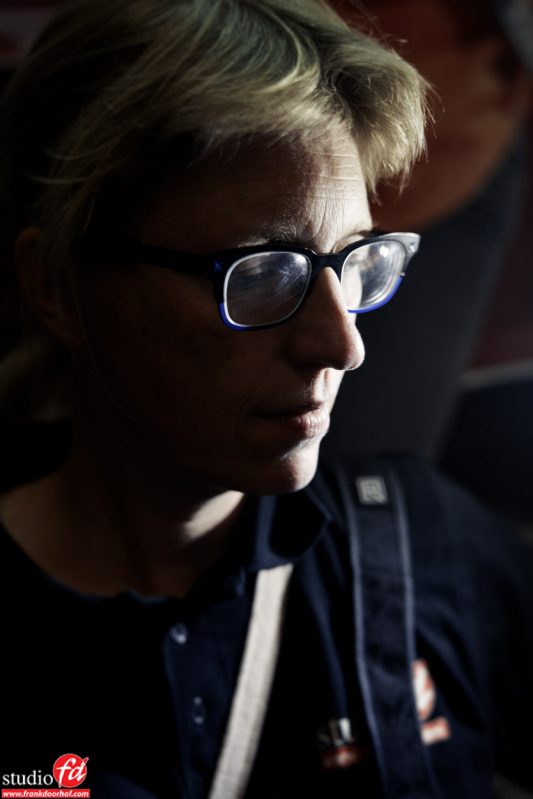
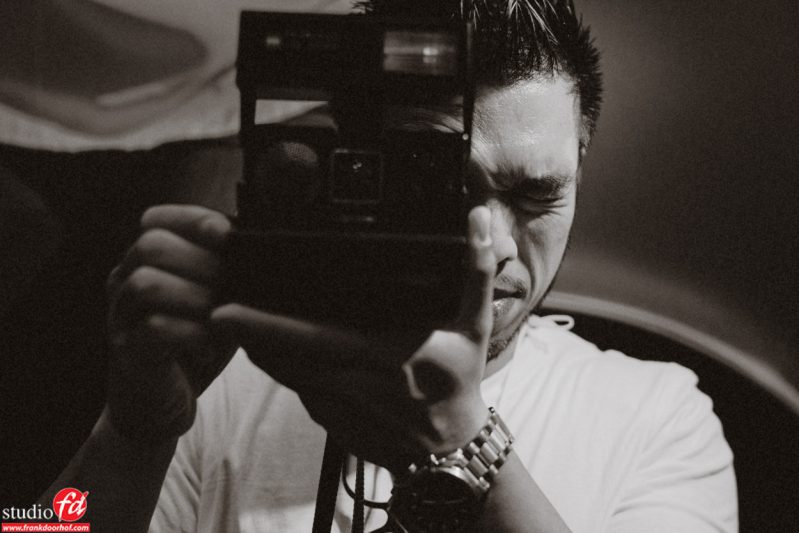
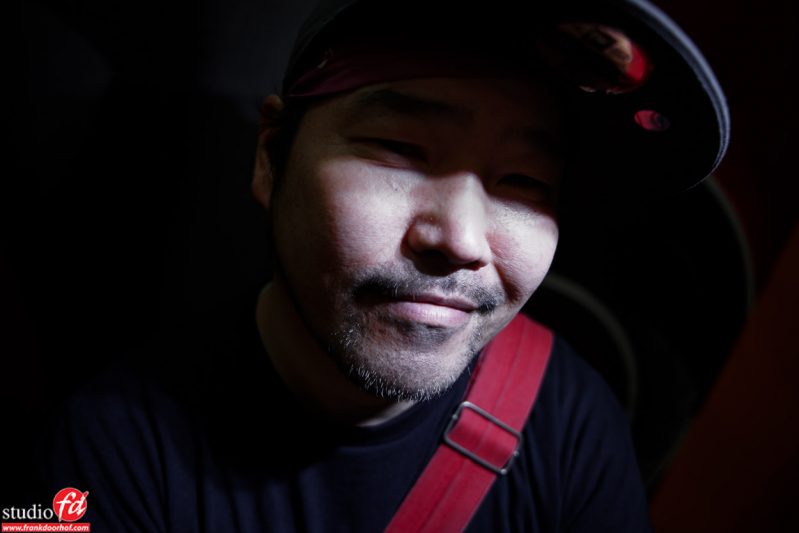
Tethertools
As you probably know we are one of the distributors of Tethertools so we know some stuff before a show, and of the things that got me really excited was actually now introduced and called the case Air. Finally a really small usb device that makes shooting tethered wireless a breeze, at the moment only for Canon and Nikon, but me being a Tethertools distributor and ambassador trust me Sony will follow…. This is without a doubt a device that will take the market by storm because of it’s price and performance and the long battery life (6-9 hours). Of course it does much more just tether, it will also let you control your camera and do live view and the pricing…. around 158.00 euros (ex VAT) which is in my knowledge one of the best priced options on the market.

Black Magic
Both products I saw were definitely not new, but will change the way we work the coming weeks/months (I hope). The first is the ATEM, a product that has been on the market for quite some years and makes it possible to connect several HDMI/SDI cameras to a switcher which now can be controlled by their software or via the iPhone/ipad and outputs the signal via USB or HDMI. For us this will be great for the Digital classroom broadcasts, because we will feed the cameras into wire cast as one signal and only have to do PIP (Picture in Picture) and full screen and my desktop, so it makes it a lot more fool proof and less sensitive for problems. Anyway that’s an older product (but still wanted to mention it).
The other product is also older but somehow always flew under my radar until I saw it in action, and that’s DaVinci Resolve. Actually as I’m typing this I’m downloading it.
For all the videos we create (and we do A LOT) we now use a mix of Adobe Premiere and Final Cut Pro X, both product I love but both also have some flaws which we work around, mostly in grading and giving images a certain look. Both products also cost “a lot of money” especially if you don’t earn money from your videos.
The cool thing about DaVinci resolve is…. that it’s free.
And when you see what it can do…well it’s very hard to believe they offer it for free, so I’m downloading it now and will be testing it the coming weeks with new episodes of our videowebpodcasts and who knows……
Some small things
Photokina is always cool for the “weird” stuff, the Chinese manufacturers who sell stuff that is bordering on gadgets, stuff that I don’t trust and products where I go…. “mmmm I’ve seen that before” you can really score some good deals here, although buying it can be a REAL problem, often it’s a matter of pointing to an image, pointing towards yourself, holding your wallet and asking several times, “how much” or just showing money and looking like a big question mark….. I ended up with a new lens for my iPhone 7Plus for extreme wide-angle for 15.00 euros, and in all honestly it does work very well (me happy)
We also bought a second wireless mic system on UHF for 150.00 which is a ridiculous low price, but we tested it on the tradeshow floor (before buying) and much to our surprise it worked flawlessly up to 40 meters,….. wow. And don’t worry I won’t be using it myself, I’m over the moon with our high-end senheiser, but for that kind of money I can 6 of the Chinese ones, we bought it for the spare occasions we have guests or if we want interaction with our models during live broadcasts, and for that kind of money… well you can’t really go wrong.
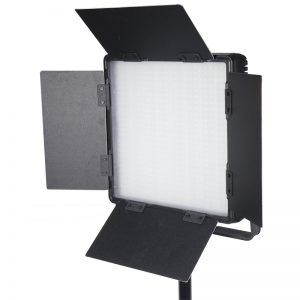
LedGo
This was the first time for me I met the great people behind LedGo, a company that has been very good to Digital Classroom by helping us out with lighting, and are now using most of my images in their brochures and banners. We recently got their Fresnels and they are stunning. During Photokina I also took a long look at the rest of their line up and I must say that if you’re looking for led panels make sure to check out LedGo, i’ve seen a lot of competitors on Photokina and some are terrible, some are very good but will cost you an arm and a leg, and LedGo just seems to find the right balance between cost and great performance (highly recommended).
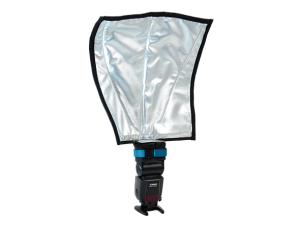
ExpoImaging
Good friends of us of course and always deliver cool new products, like a new landing plate for drones (in all honestly I couldn’t land on it if it was 1×1 mtr, but some can, and yeah I can fly a drone, just precision landing is tricky with the bouncing yneec) and Photokina saw the “semi-official” release of the “Frank Doorhof flash bender” which was great succes, so I’m very honored to have such an amazing product with my name on it, and even more that so many people asked for it and loved it.
Lenses
Of course there are a lot of new lenses from Sigma, Lensbaby, Tamron etc. etc. But in all honestly I’m never that interested in a lens that is measurably sharper, or is a 500mm, but that’s very personal, I love the lenses I have and that’s what I use. I did see a very interesting 56mm at Lensbaby which I have to test soon 😀
And last, but certainly not least…..
Sony
Sony finally released their new flagship the A99-II.
According to a lot of people the A-mount was death, but Sony kept saying “no” and indeed they released a camera that Canon wish they would have released (no harm meant to Canon, I love them, great company and really nice people), the A99-II is so jam-packed with goodies you would almost sell all your gear and switch to Sony (but hey I’m a Sony ambassador of course), but without kidding, this is one fricking amazing piece of gear.
Personally I fell in love with the A7R-II and the smaller form factor so I’ll probably skip the A99-II and wait for the rumored A9 but I will probably test the A99-II sometime this year (I hope, although with Sony you never know :D)
BenQ
It’s no secret I absolutely LOVE BenQ monitors.
They deliver great quality and performance for a very friendly price and are constantly innovating, on photokina they launched their newest 32″ monitor for video with HDR (*YEAH, this is HUGE) and Adobe RGB/sRGB/Rec709 etc. etc. etc. this is one killer monitor for people working with video and literally will blow some competition straight out of the water.
Sekonic
I love light meters and Sekonic released a brand new one, which I hope to be testing soon. The 878.
A brand new meter which also meters HSS (not hypersync or HS, because that’s impossible) and gives you even the flash duration, of course Elinchrom is inside so you can work seamlessly with your strobes (if you use Elinchrom, and otherwise use another radio module) and the best thing… it has a 1 degree spot *YEAR THANKS SEKONIC.
pffff I probably forgot a load of things, but I think I got the highlights.
Some things that I really missed?
Well yeah.
I’ve been filming my vlog with the Sony RX100MKIII which I absolutely love, but I want to switch to 4K (to also get my material in sync with what Annewiek films) and of course I can get the RX100MKIV but I really hoped Sony would be releasing the MKV during Photokina, so I was rather disappointed by that one.
With Internet and all the rumor sites, most of the things were already known of course but still both Sony and FujiFilm really blew me away (the rest I already knew a little bit)
Overall Photokina is still the biggest tradeshow I know on Photography, but I also have to note that compared to previous years it seems to have lost a lot it’s attraction. There were MUCH less speakers and live shoots, although the big brands had their own stages the “smaller brands” really were much less active than previous years. And than whats left is actually something that has a double feeling.
Being at Photokina is awesome, being able to speak there is awesome. But as a visitor, if you take away a lot of the speakers what’s left is an INCREDIBLY busy tradeshow where it’s almost impossible to talk about the products with the manufactures for the simple reason it’s WAY and WAY too busy, plus most people are more interested in talking with “friends and business contacts” than with new clients, I literally walked away on at least 4-5 booths because the representative kept talking very familiar with another person and just plain ignored us, and he was not talking business while we were interested in some products…. well we will contact them after photokina.
Photokina is a huge “circus” and a GREAT one, I wouldn’t want to miss it for the world, but I think you guys at home see the same stuff we see, the real cameras were behind glass, the ones you could shoot with are also available at your local retailer (or at least very soon), and the speakers were still plenty but a lot less than previous years, also it seems there was a real hit in the English speakers, because most what we heard was German, and although the tradeshow is in Germany I think this is a HUGE mistake, for the simple reason I heard more Dutch and English, and other languages than German.
Anyway… Photokina rocks, it’s awesome and I’m totally satisfied with one more day.
But I long for the smaller much more accessible trade shows like Photoshop World, Professional Imaging etc.
I hope you enjoyed my ramblings about Photokina and always remember, these are my opinions and although I promise you I will never post something with my sponsors or friends influencing my writings, the products I use are of course the products I do have an extra interest in.
Like this:
Like Loading...
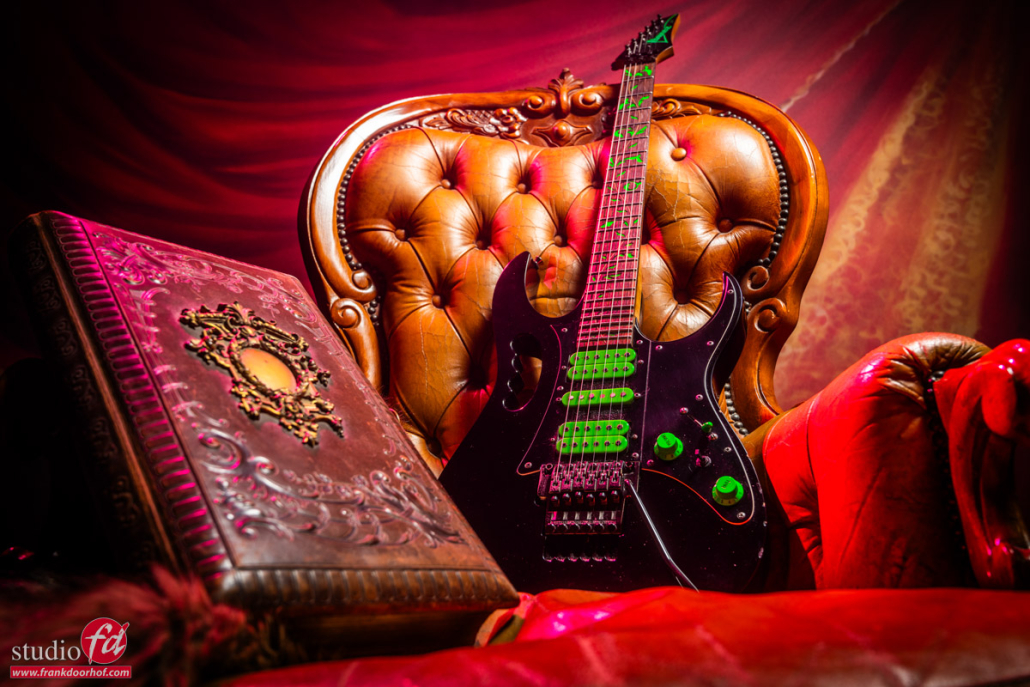
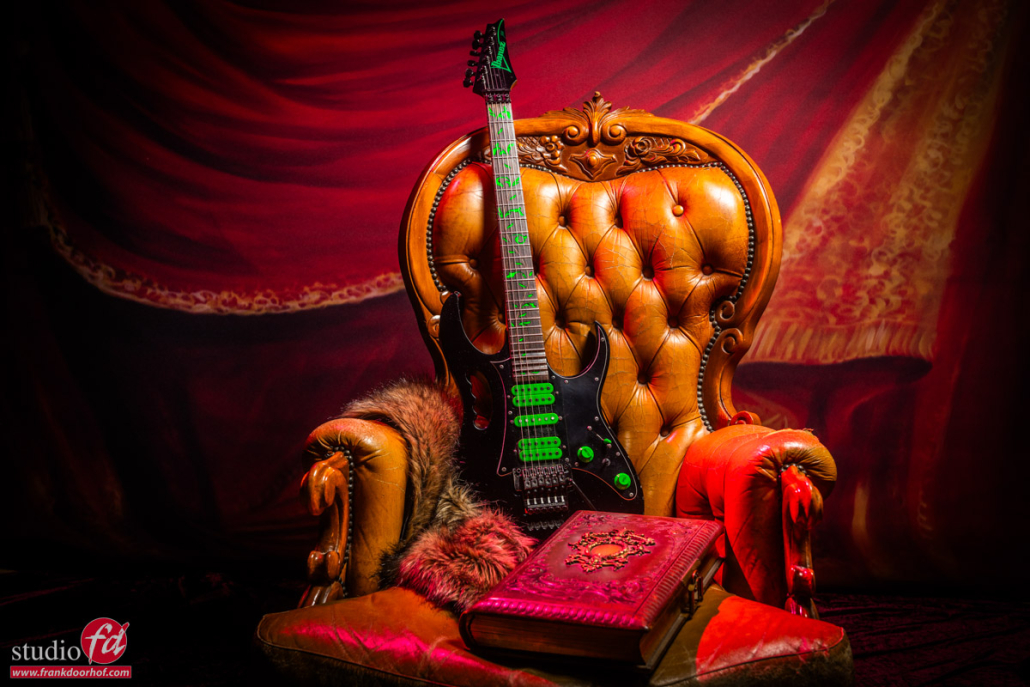

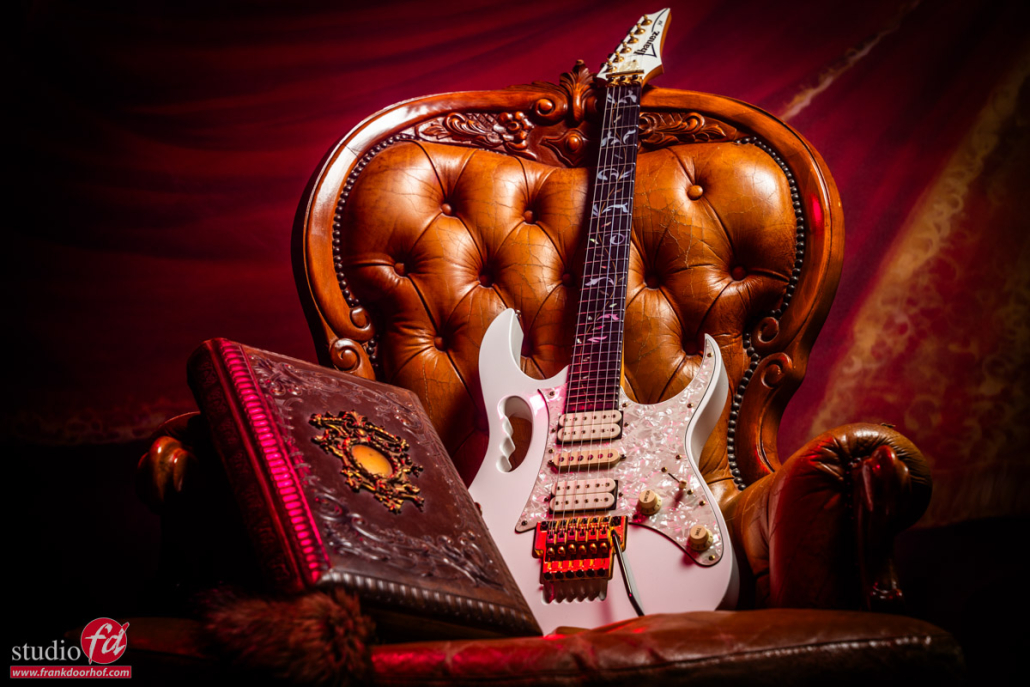
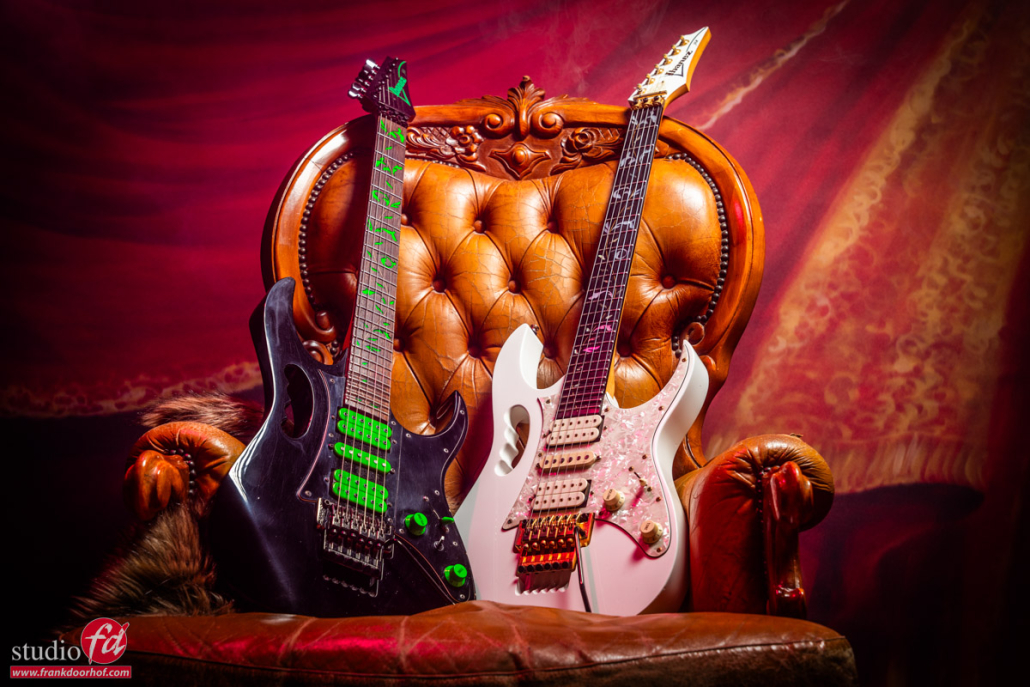
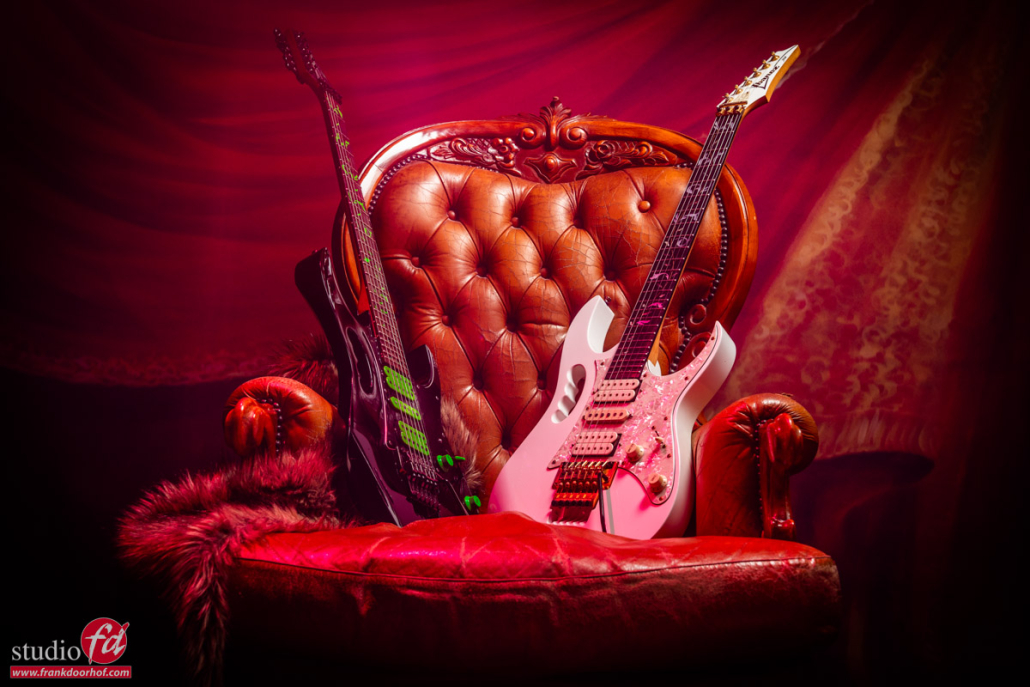

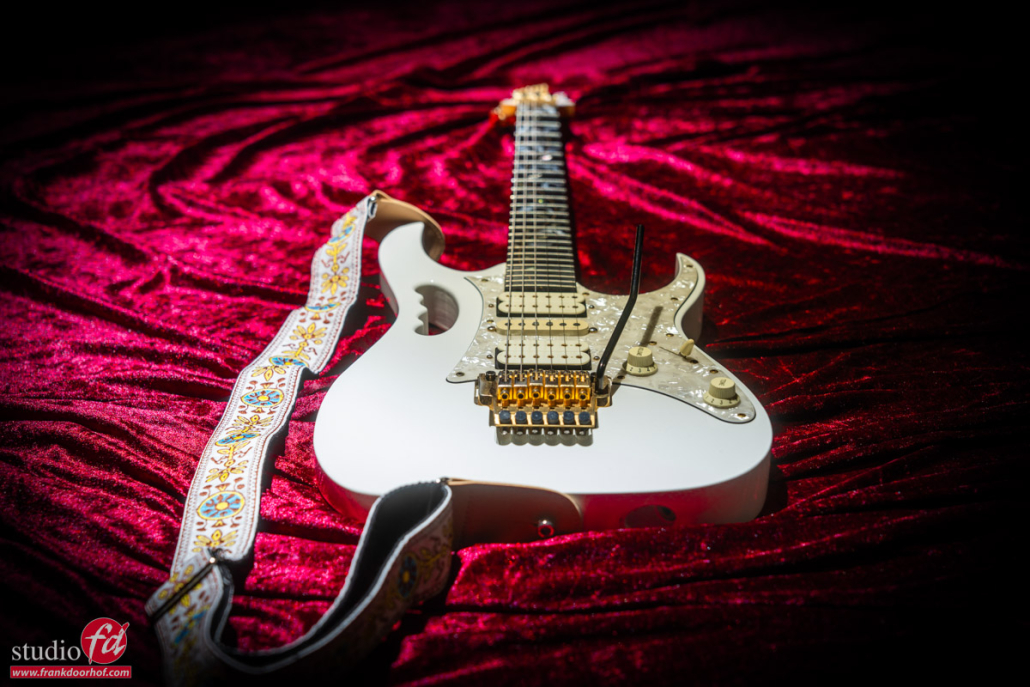
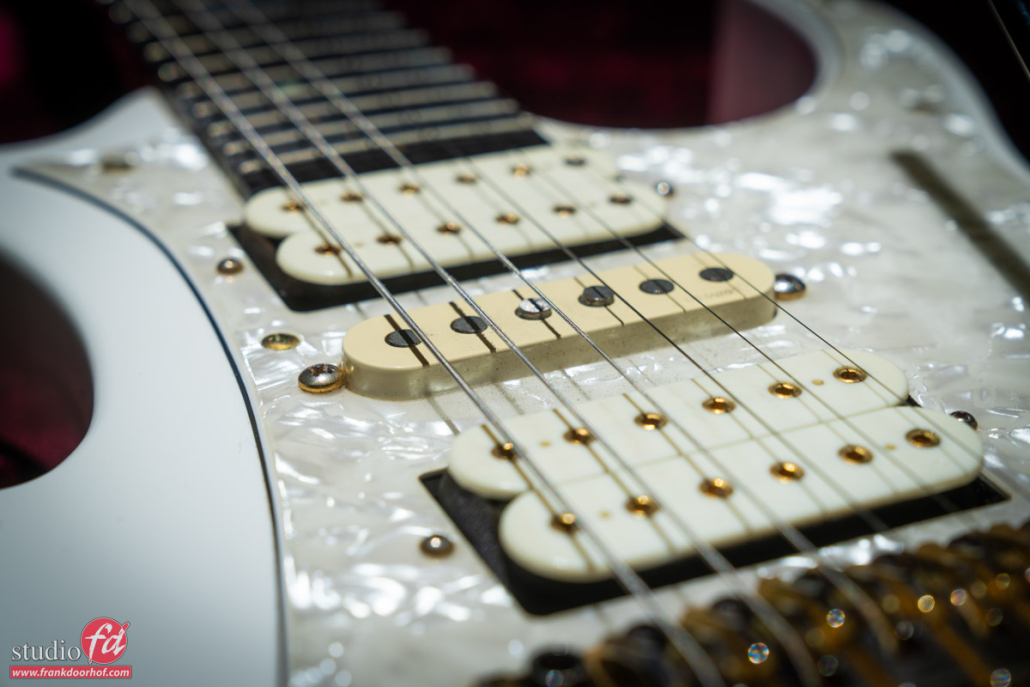
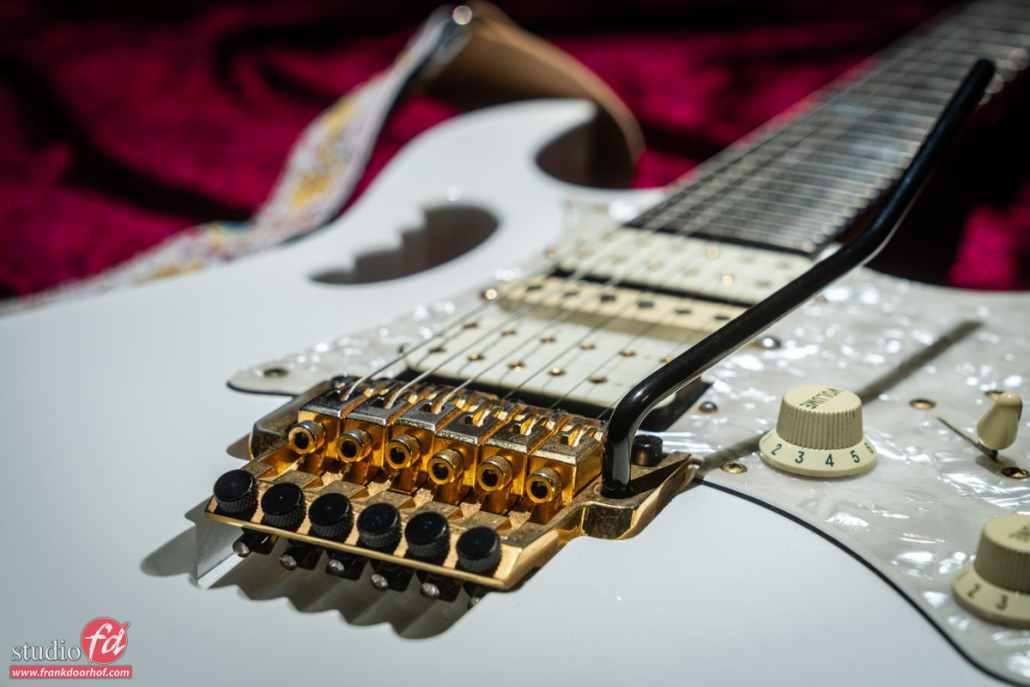


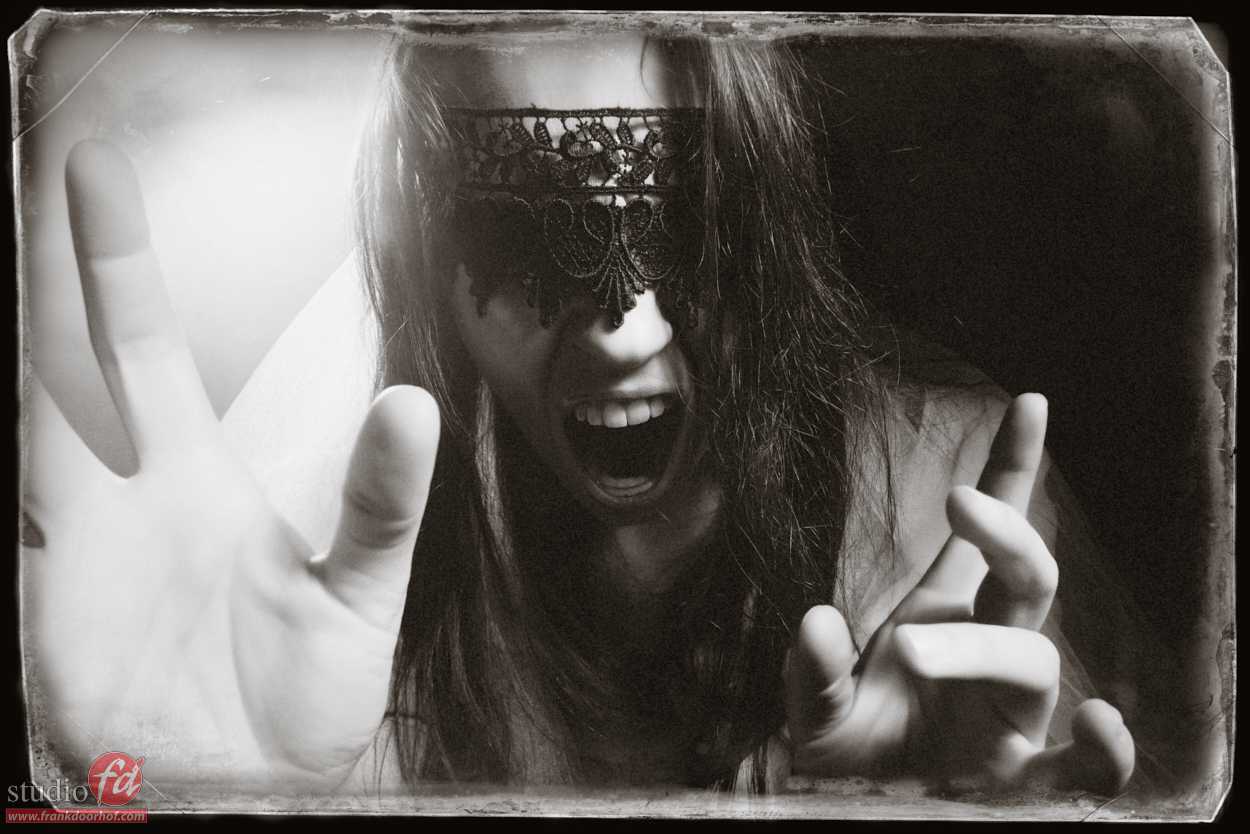

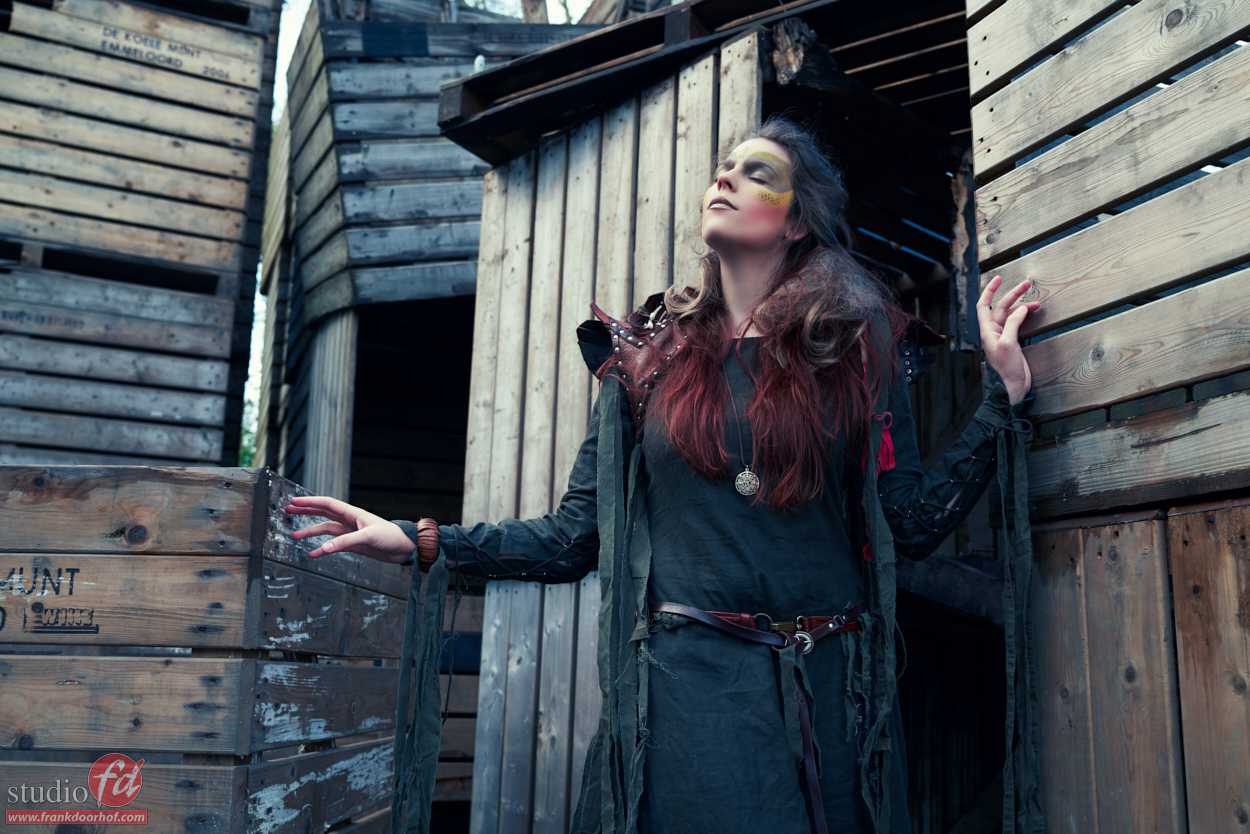
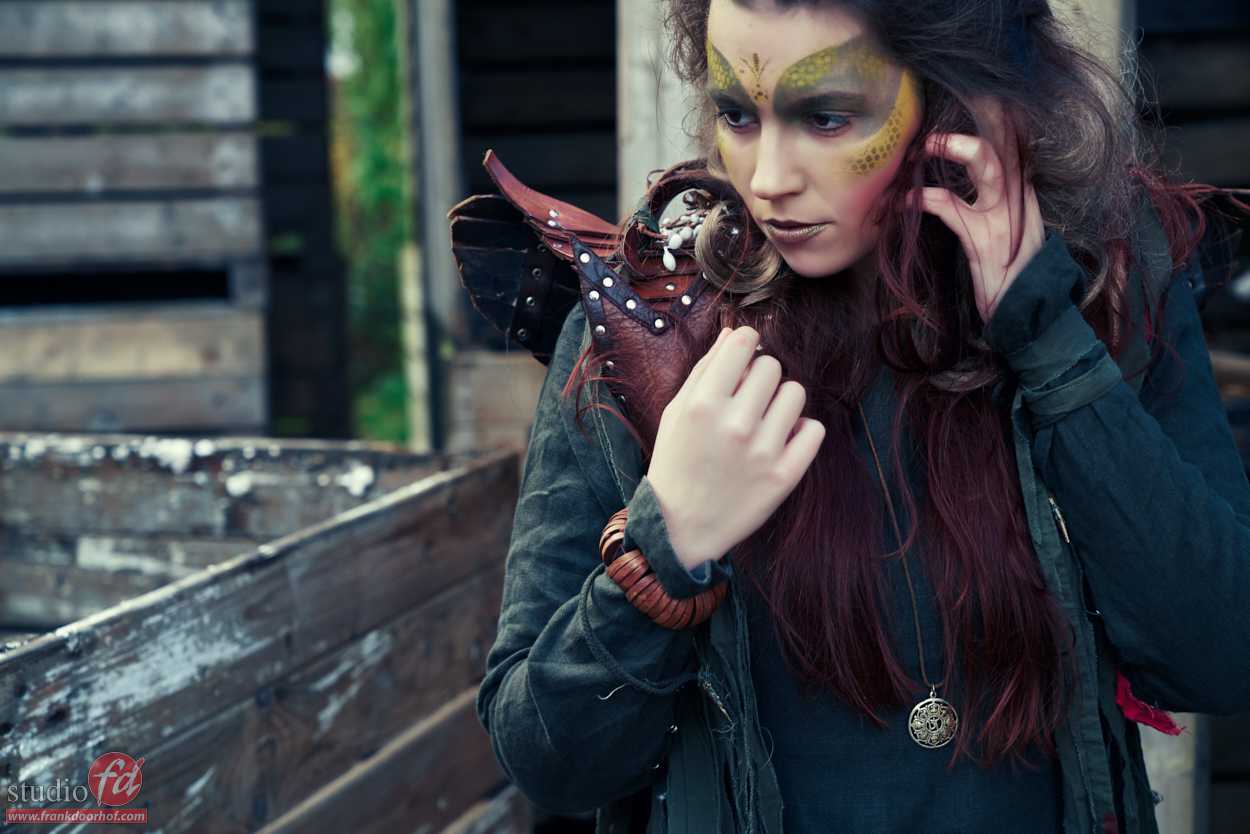
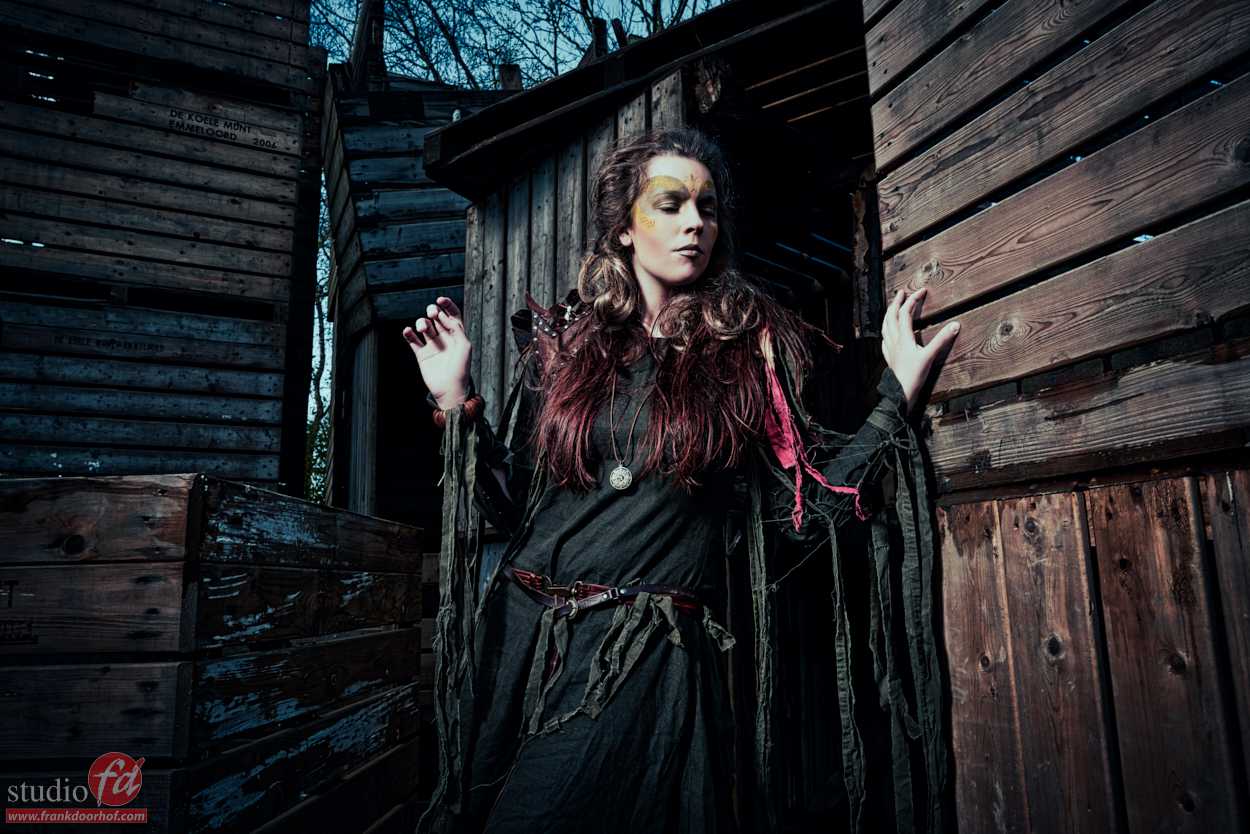

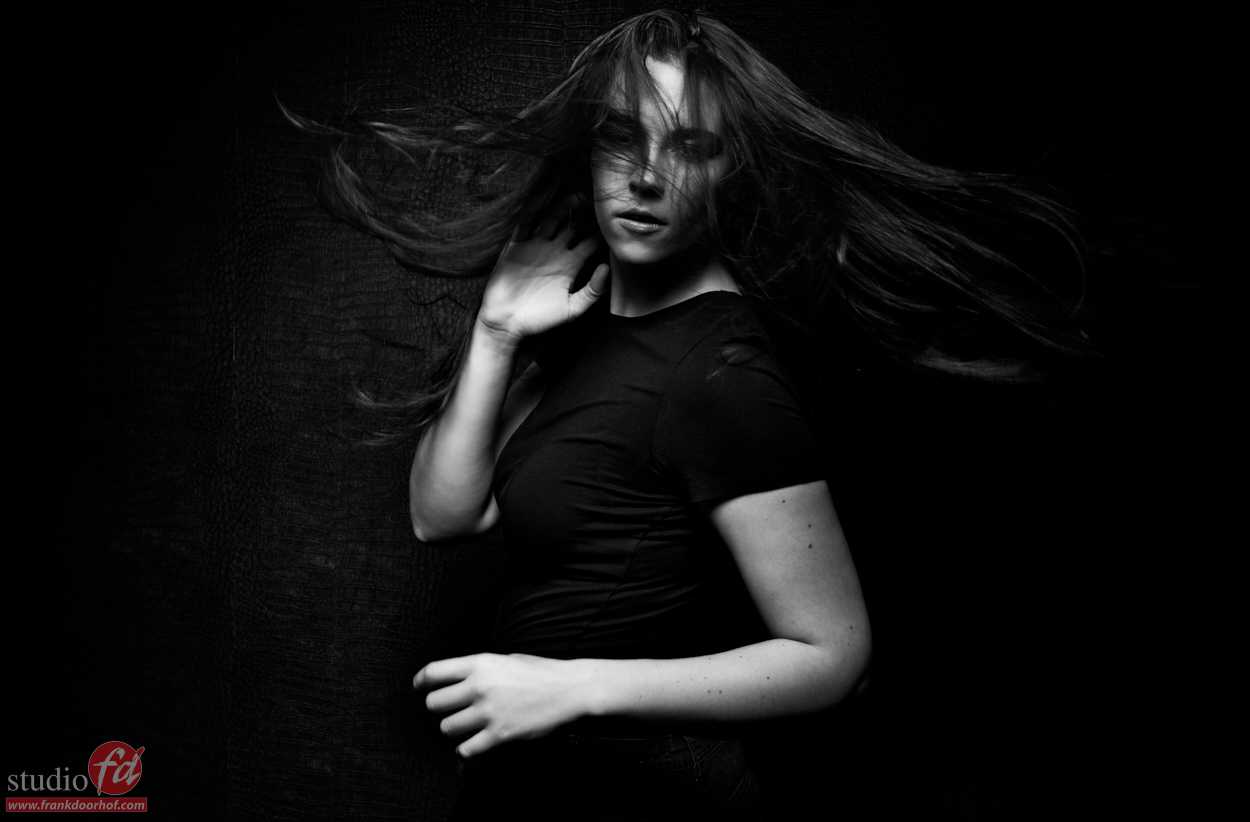

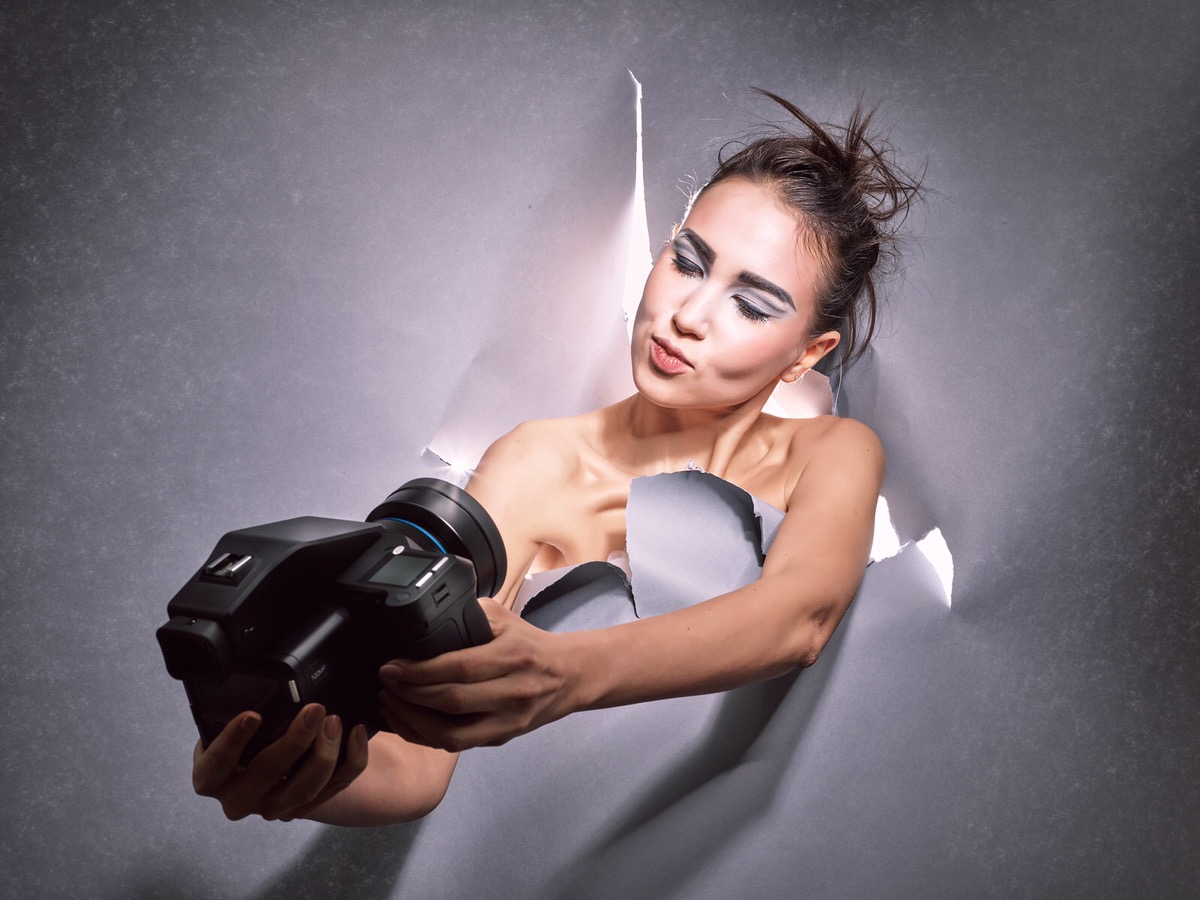









You must be logged in to post a comment.